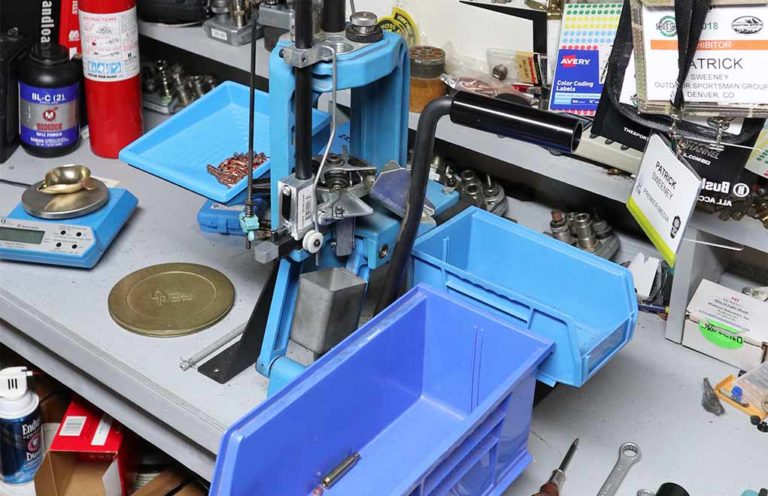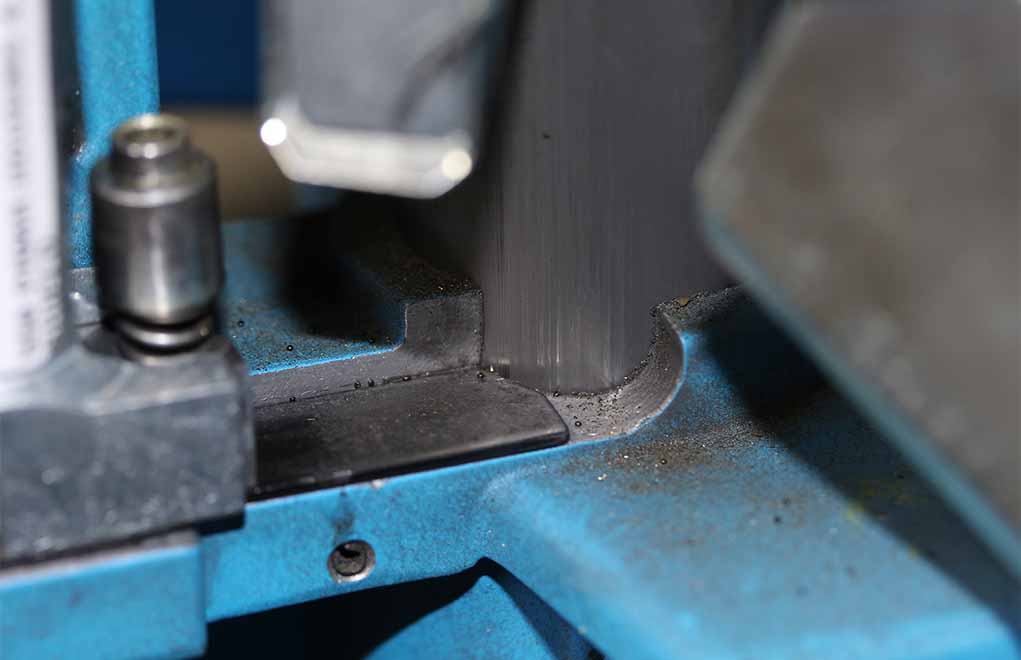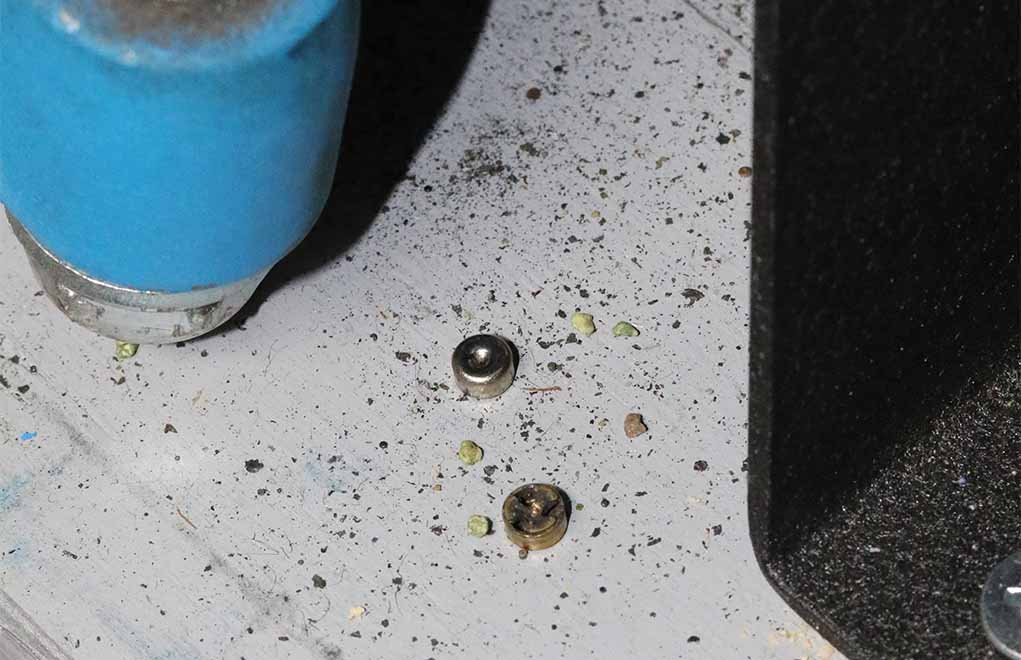

If you want to craft great ammo, take care of your progressive press. Here’s how.
What Are The Areas Of Concern On A Progressive Press:
- Lube the ram
- Keep the priming system clear of debris
- Ensuring the trough (or plate) moves freely
- Clean and calibrate your dies
While you don’t have to be borderline OCD to be a good reloader, a certain amount of daintiness and neatness is a good idea …

… Especially when it comes to progressive presses. Those are the ones where you can shuttle cartridges along the shell plate in order as you work the handle and process each in a separate step. You know: Dillon, Hornady and RCBS, to name a few. There are a few things they have in common that you must attend to if you expect to be crafting good ammo.
Lube the Ram
You need to lube the ram. The center post—the part that moves the shell plate with its load of cartridges—needs attending to now and then. Not often; but wiping the ram and using lubricant on it and/or the links and pivots will make the process smoother. It will also reduce wear. If you find the work of loading to have become even more work than it started out being, a buildup of crud on the moving parts can cause friction, and that leads to wear.
Disassemble the Priming System

You need to fuss over the priming system. If your press feeds primers, any buildup of dust or scattered powder will cause problems. I find that if I yank the priming system apart every couple of thousand rounds and scrub, inspect, lube and reassemble it, things go much more smoothly. For lube in the priming system, I use a spray dry silicone lubricant. This way, I can keep it slick but not risk having lubricant migrate into the feed system and kill primers.
If I don’t take care of this task regularly, the primer feed system buildup causes primers to sit just a bit too high in the cup, and they pop out when I cycle the handle.
Check the Trough
While you’re at it, check the trough or plate that the shell plate moves in. Every time you decap a spent primer, there is a puff of ash and particles. Every time you are a bit heavy-handed in moving the shell plate, you risk a particle or two of powder being spilled. As this cloud of debris wafts down and builds up, it can bind the shell plate. So, while you have the primer feed system apart, yank the shell plate out, scrub the parts, silicone-lube and reassemble everything.

And, speaking of spent primers, anything you can do, any gadget you can buy that makes the collection and control of those used-up bits of metal cleaner—get it.
Check the Bullet Seating Setup
Check your bullet seating setup. OK; if you load lead bullets (and a lot of reloaders do in order to stretch ammo dollars even further), you will have been advised to bell your cases enough to allow for easy seating. However, too much and you work your brass too hard, they will crack sooner in use. As a result, a lot of reloaders have the belling of brass adjusted to the absolute minimum they can get away with. This can lead to a different problem:
Load Up On Reloading Info:
- The Flexible And Forgiving .30-06 Springfield
- The .45 Colt: A Wheelgun Classic
- .300 Win. Mag.: The Answer To Most Hunting Questions
- Tips For Reloading the .223 Remington
If you don’t bell enough, the lead bullets can have some of the bullet lube squeegeed off, and it is pushed up into the seating die. I found this out, as you’d expect, the hard way back in the early days of my reloading. I had figured out how to load 9mm (not easy back then; 9mm wasn’t commonly reloaded) and then proceeded to load up literal buckets of ammo.

One day, while practicing on bowling pins, I had a jam. Darned 9mms—always causing problems. I pulled the round out, only to see that it was too short. Hmm. Another malfunction, another short round. Then, I started looking at the rest in the bucket: They were all too short.
It turns out that the lube had been squeegeed off and pumped up into the seating die until it had packed in enough to start seating bullets short. I pulled my seating die out, scraped out an embarrassingly large amount of bullet lube and then adjusted the belling setting to bell just a bit more. There were no problems after that.
You’re Not Quite Done Yet
As an aid to being clean, once you are done loading a particular caliber, finish the components on hand, put the powder back into its container and disassemble the press.

When you next start loading, you have a bare press to inspect (and clean, if need be) and set up for loading. Note: Don’t leave powder in the dispenser for the next session; it will discolor the tube. And, if you forget what kind of powder it is, you have to dispose of it and not risk using the wrong powder.
The last part of this isn’t really cleaning; it’s labeling. Unless you load one cartridge with one combination of powder, bullets, primers, etc., you need to write down what you do—and not just the caliber, but the powder, weight, any settings (if they are changed from the standard) and any other details. Use 3×5 cards, and put one in with each box or bucket of ammo you load. That way, when you run low, you can easily reassemble the press to the correct settings and load the same ammo.
There’s a reason mankind invented writing. Use it.
The article originally appeared in the July 2019 issue of Gun Digest the Magazine.

Next Step: Get your FREE Printable Target Pack
Enhance your shooting precision with our 62 MOA Targets, perfect for rifles and handguns. Crafted in collaboration with Storm Tactical for accuracy and versatility.
Subscribe to the Gun Digest email newsletter and get your downloadable target pack sent straight to your inbox. Stay updated with the latest firearms info in the industry.

![Best Concealed Carry Guns In 2025 [Field Tested] Wilson Combat EDC X9S 1](https://gundigest.com/wp-content/uploads/Wilson-Combat-EDC-X9S-1-324x160.jpg)


![Best 9mm Carbine: Affordable PCCs [Tested] Ruger Carbine Shooting](https://gundigest.com/wp-content/uploads/Ruger-Carbine-Shooting-100x70.jpg)
![Best AR-15: Top Options Available Today [Field Tested] Harrington and Richardson PSA XM177E2 feature](https://gundigest.com/wp-content/uploads/Harrington-and-Richardson-PSA-XM177E2-feature-100x70.jpg)
